Troubleshooting DNS Propagation - How to Fix Common Domain Connection Errors
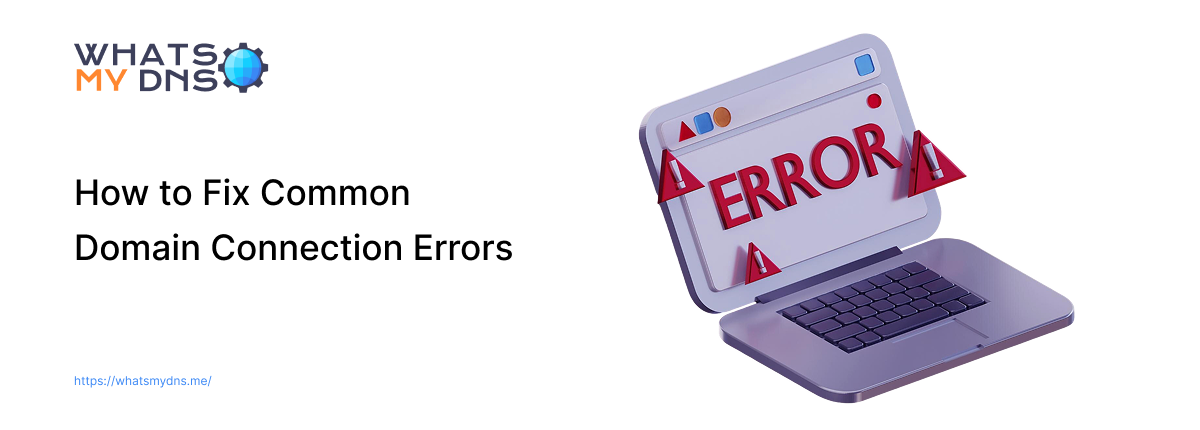
- 30 June 2025
You have landed on this blog, which means you are facing a connection error in DNS (Domain Name System). DNS is the system that translates domain names into IP addresses, allowing devices to communicate and enabling users to visit websites.
Every domain name has its own DNS records, which, as a site administrator, we sometimes have to change. For example, we need to make changes to these records for configuring webmail, verifying domain ownership, or transferring to another hosting plan.
However, sometimes when these changes are made, domain connection errors appear, and the websites or apps become inaccessible to users. This is often due to delays in DNS propagation.
In this blog post, you will learn what DNS errors you might have to face and how you can troubleshoot the DNS propagation procedure to fix them.
Why DNS Propagation Causes Connection Issues?
When you make any change to the DNS records of a website or add new ones, they do not take effect instantly for everyone. Instead, they spread across a global network of DNS servers.
Each of these servers has its own caching schedule and refresh time. The time it takes for your updated DNS records to sync across the internet servers is referred to as DNS propagation.
You might be thinking, Why does this delay in syncing occur? Well, it happens because the global DNS resolvers or user devices and browsers have stored old DNS records of your domain as cached files.
And as we mentioned earlier, each server has its own time to refresh the cache.
Until the cached files are flushed, users trying to access your website will be redirected to old DNS records. Ultimately, they see a domain connection error.
Common Domain Connection Errors During DNS Propagation
When DNS changes are undergoing propagation, the site will return different connection errors. These issues can be temporary or permanent. Below are some of the most common connection errors that you may encounter.
1. DNS_PROBE_FINISHED_NXDOMAIN
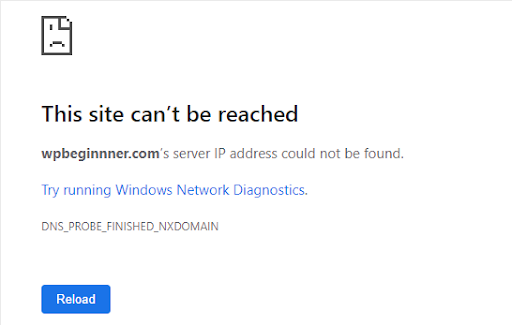
This error occurs when the DNS resolver fails to resolve an IP address associated with your domain. It often happens:
- When your A or AAAA records are not propagated
- The DNS record is missing
- Records are misconfigured, for example, with incorrect name servers.
2. Site Can’t Be Reached
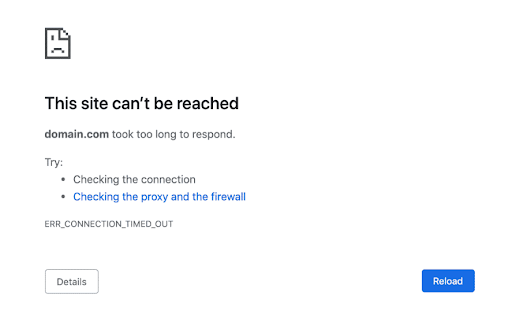
This is a general error that occurs when:
- The DNS settings are incomplete or incorrect.
- Your ISP caches outdated information.
- DNS records have not yet been updated (propagated) across all global servers.
3. ERR_NAME_NOT_RESOLVED
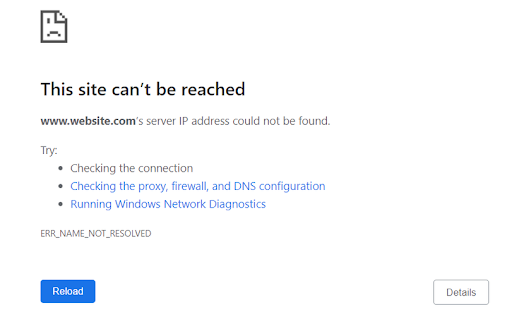
This error appears when the DNS lookup process fails completely, meaning your domain is not getting translated into an IP address. This happens because of the following:
- The domain isn’t pointing to any active nameservers.
- DNS records are not yet live or are misconfigured.
- There's a lag in propagation.
4. SSL/HTTPS Errors (e.g., Certificate Not Valid)
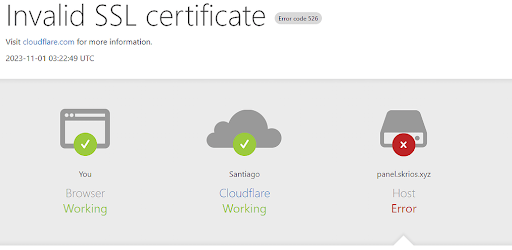
You get an SSL error when trying to access your site using HTTPS during DNS propagation if:
- You have installed an SSL certificate on the new server, but DNS hasn’t yet entirely directed traffic there.
- The browser is retrieving SSL data from the incorrect source (due to cached DNS information).
Troubleshooting DNS Propagation Errors and Their Fixes
If you have made any changes to the DNS records of a domain and are facing an error (like the one we discussed in the previous section), worry not. Here's how you can troubleshoot and resolve the error.
-
Perform External DNS Propagation Check
Use a DNS propagation checker to see how the DNS records of your domain are being resolved around the different servers on the internet. This is useful if you have recently made changes to the DNS records.
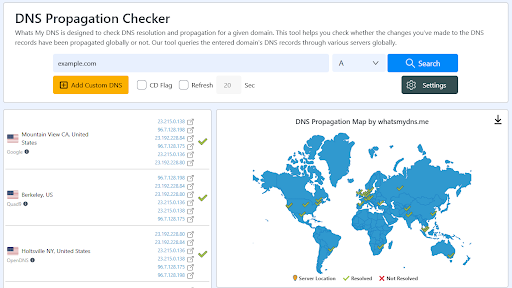
If the updated records are correctly reflected on some servers but still show the old records on others, please wait and be patient. DNS records typically take up to 48 hours to fully propagate.
After 48 hours, recheck the propagation status. If the records are fully propagated on all servers, then it’s well and good.
However, if this is not the case, please contact your hosting support immediately. Ask for assistance, as the issue may be on their end, likely due to a sync issue.
-
Flush DNS Cache
As we discussed earlier, the error may sometimes be due to outdated cache files. Flushing them can fix the issue. You can clear the DNS cache from your hosting server settings.
However, if the issue appears on a particular device of yours, it might be due to the device's local cache; in that case, you have to flush the DNS cache of your device (the process varies with the operating system). For guidance on how to do this, refer to our detailed guide on flushing the DNS cache.
-
Verify DNS Records
Start by verifying the DNS records associated with your domain. Lookup DNS records with an online tool's assistance. Just enter the domain name in the DNS lookup tool’s input field, choose “All” (You can also lookup one by one), and hit the “DNS Lookup” button.
The tool will present you with all the DNS records associated with your domain in the form of a report. Now, verify each record individually and ensure that everything is accurate and complete.
If you find one that is incorrect or missing, it may be the cause of the trouble. To fix this:
- Log in to your domain's dashboard or panel.
- Navigate to DNS records.
- Select the record that is incorrect or missing.
- Update with the correct information.
- Remove duplicate entries (if any).
- Save new records.
- Wait for the new records to propagate across the internet servers.
-
Check Name Servers
Sometimes when you make changes to the NS (Name Server) records of your domain, you might make a mistake. This often happens while pointing a domain to external servers. A single typo error here takes down the site.
To check and verify the name server records, run your domain name through our NS Lookup tool.
Within seconds, the tool will display the last propagated NS records associated with your domain name.
If you spot any errors, please log in to your domain dashboard and update the records immediately.
Final Talk
Errors in DNS propagation are frustrating, but they are part of managing a domain. Most connection issues are temporary and get resolved automatically. However, if the time exceeds 48 hours, try out the troubleshooting steps and fixes we discussed above. They will help you spot and resolve errors, keeping your website running smoothly and avoiding unnecessary downtime.
Related Blogs
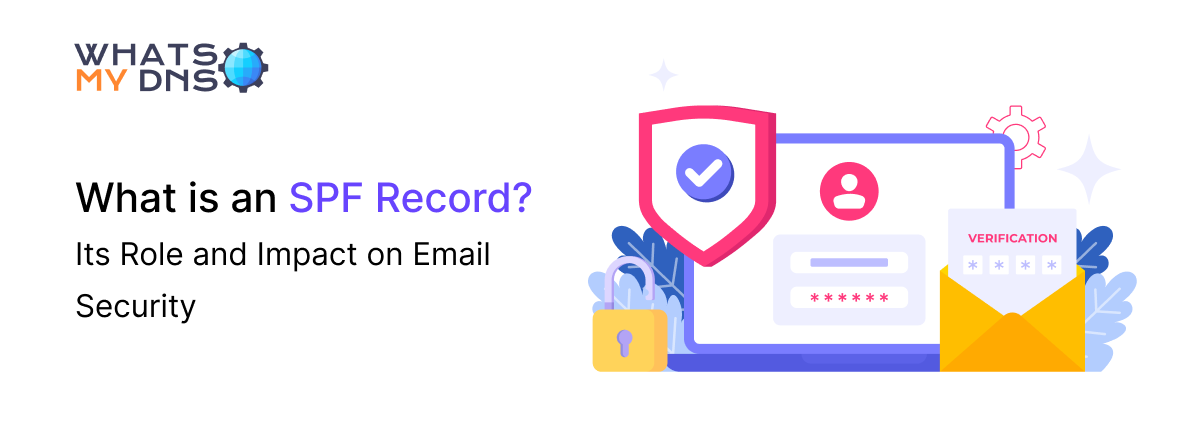
What is an SPF Record? Its Role and Impact on Email Security/Deliverability
Learn how an SPF record helps protect your emails from being marked as spam or spoofed, so they land safely in inboxes, not junk folders.
- 30 Apr 2025
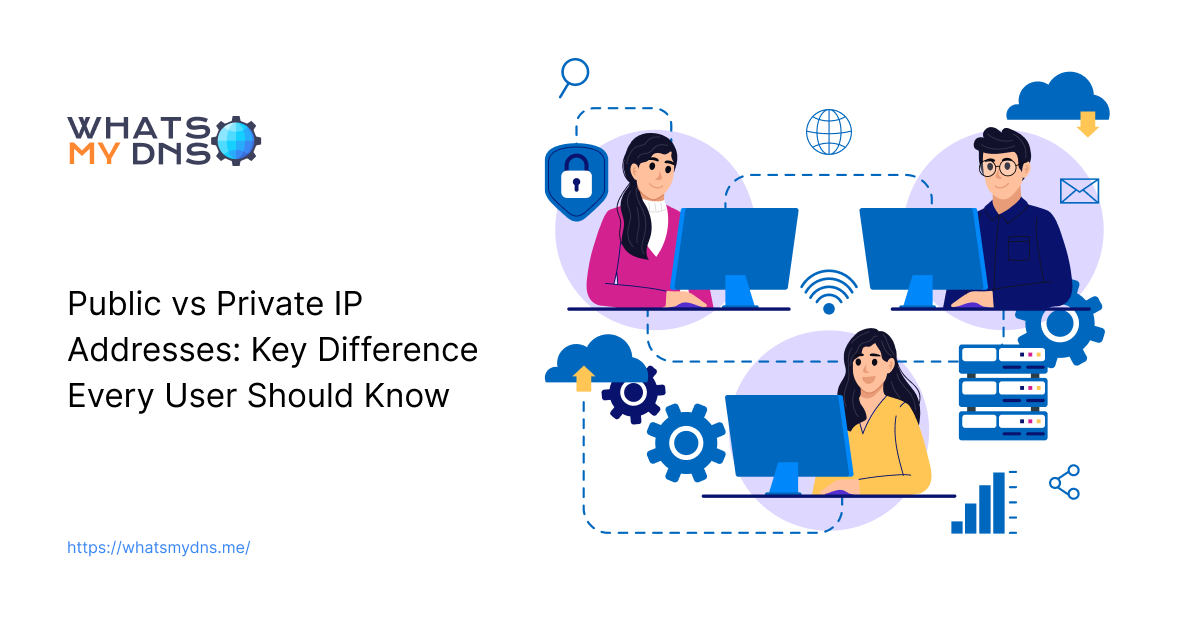
Public vs Private IP Addresses: Key Difference Every User Should Know
Learn the key differences between public and private IP addresses and why understanding them is essential for network security and device connectivity.
- 03 Nov 2025
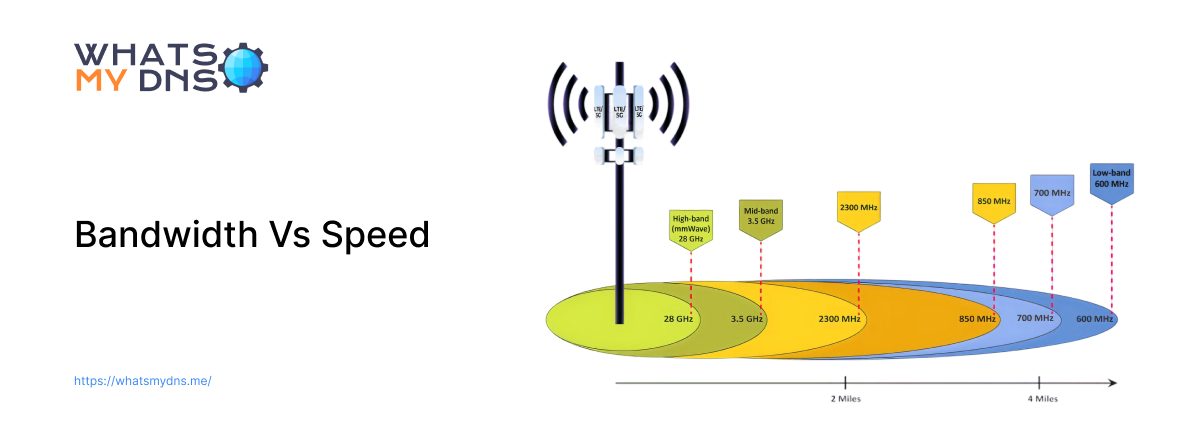
Bandwidth Vs Speed - A Complete Guide to Understand the Difference
Learn how bandwidth and speed differ, how they impact your internet performance, and why both matter for your connection
- 02 Jul 2025